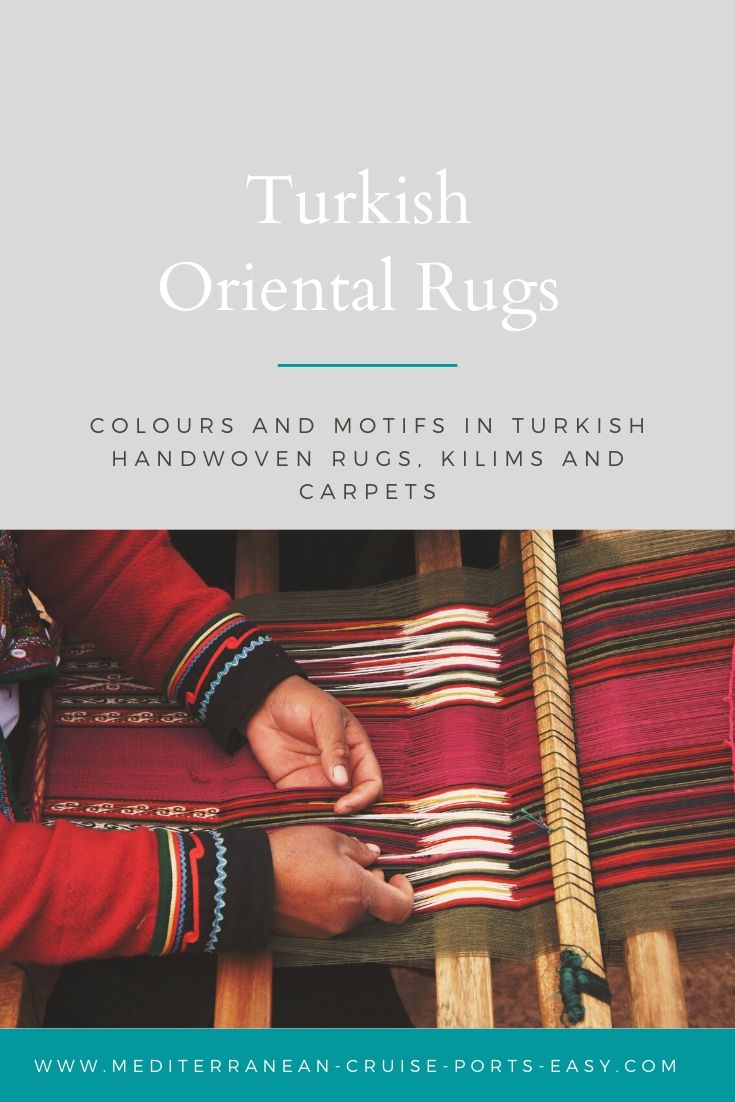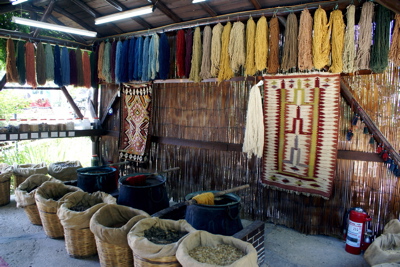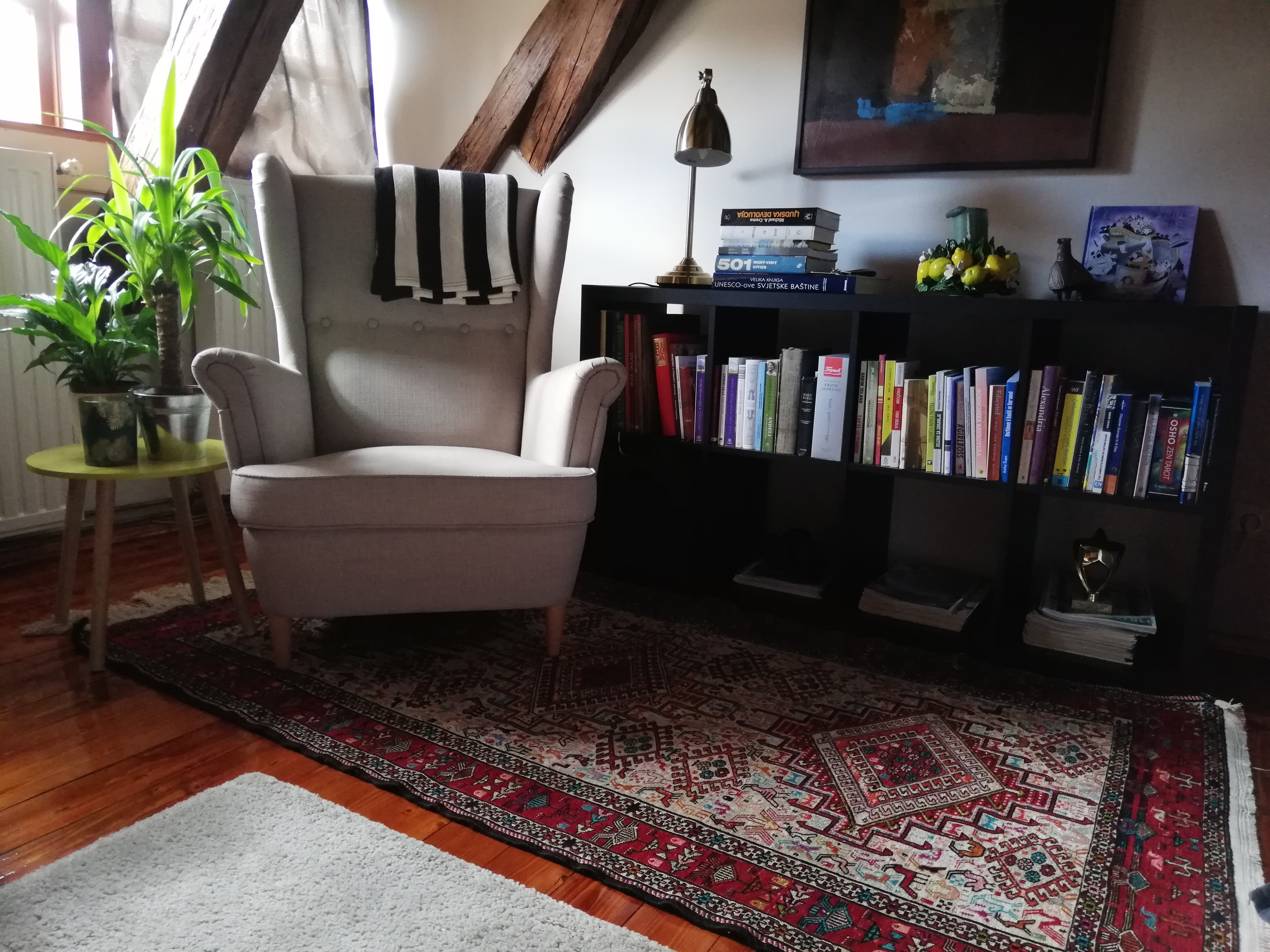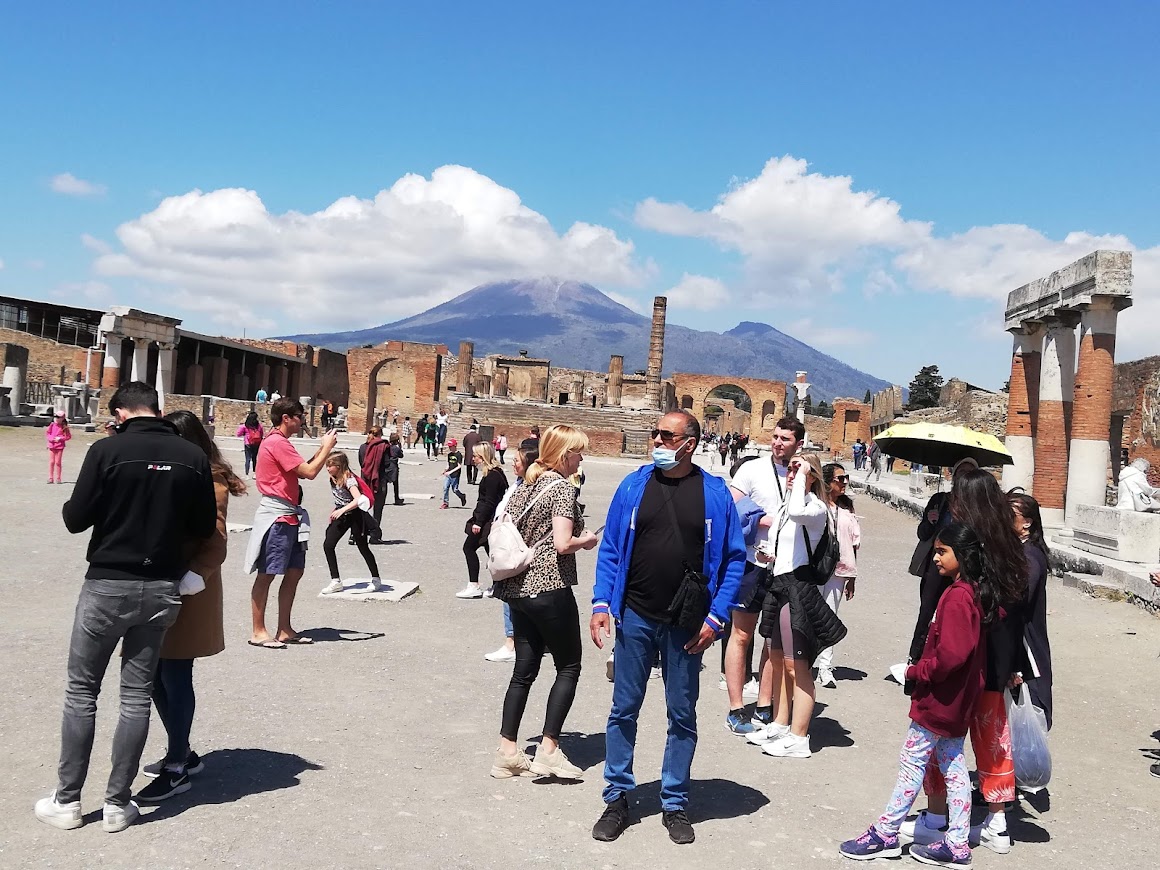Turkish Oriental Rugs Buying Guide - Colors and Motifs
"Turkish Oriental Rugs Colour and Motifs are good to know before you head for your Kusadasi shopping spree."
Why are Turkish rug colours important?
The color of your Turkish Oriental Rugs is important to you personally for very practical reasons: it will have to fit into the color scheme of your room.
So, think about that before you head for your Mediterranean cruise and before it comes time for your Kusadasi shopping spree.
It is going to narrow down the choice of the rugs you will be shown in the store and will make your decision process much easier.
Just remember, buying one of the Turkish rugs is best when on one of the daily Ephesus tours or one of the specialised shopping tours:
It's because there are literally hundreds of rug stores in and around Kusadasi and your tour guides will take you to the most reputable ones.
What kind of dyes are used in Turkish oriental rugs?
Today, both natural and chemical dyes are used in the making of these handcrafted rugs with a little advantage given to the natural dyes, which age more gracefull and evenly.
Natural dyes come from plants, berries, flowers or trees. Here's some of the most frequently used ones:
Blues: Dyers Woad Blue is produced from the plant of the same name, which grows and western Anatolia and yields indigo, which is the oldest and most important blue dye!
Reds: red colors are produced either from the roots of the Madder plant (madder red), crushed bodies of female insects coccus cacti gens or insect chermes abietis.
Yellows: they are made from pomegranate skins, vine leaves, saffron or Ox-eye camomile flowers.
Browns: come from wallnut fruits covered with green rinds or oak bark.
Colors are so important in Oriental Turkish Rugs making that they have been passed from generation to generation as the biggest secret, for centuries.
It's also interesting that shades and colors are actually a clue for determining the provenence of a carpet for rug specialists: they can pin it down to the village it is from just by looking at its colours!
The Importance of Turkish Oriental Rugs Motifs
Before you read my condensed version of the types of rug motifs, watch this great rug buying guide video. It gives you a great overview of things you need to keep in mind when buying your turkish rug.
Motifs in rugs are something that, to an untrained eye, might seem like a random choice of pretty decorations...while in actual fact, to the person who can read this very specific language, every rug is a book!
Having attended dozens of Turkish Rug demonstrations during the time I worked as Port Lecturers on Mediterranean cruise ships, I always enjoyed talking to our hosts over a cup of Turkish coffee, picking the brain about the meanings of different motifs and designs.
Motifs, symbols and designs in rugs can talk about national history, religious belifs, personal beliefs, everyday thoughts and preoccupations of a family and the woman weaving a rug.
For instance...
- medallion carpets will talk about the power of the states
- Prayer carpets designs depict the interior of a mosque and are used by orthodox Moslems.
- Flower of the Seven Mountains design talks about immortality
- the Tree of Life designs are based on an ancient symbol that stands for the bridge between Heaven, the human world and the world below.
But it is nomadic rugs and Turkish kilim rugs that talk most about the personal preoccupations and emotions of the weavers...young women who used to make their own dowry this way.
That is why, if you can read the symbols you can find out a lot about their life, hopes for the future married life, children, prosperity and happiness!
- When the weaver girl is happy, she will use a lot of blue color. She will use a hand figure, a hook or an eye motif as protection from evil.
- If she is single, she will express it by the motif of a hair band. Namely, in Anatolian villages young girls kept their hair long until they married! Using this symbol also indicated a desire for marriage.
- If she is married, she'll often use the yin-yang motif, which represents love and unity between a woman and a man.
- The Hand of Hips design tells us of fertility and pregnancy, and so do fruits with many seeds like the pomegranate!
- Birds motifs in Turkish oriental rugs tell us of good news and joy.
- Ram's horns talk of heroism and masculine power.
The list of common Turkish oriental rugs motifs is much longer than this so make sure you take some time during your Turkish rug demonstration and ask your hosts about them as you're sipping on your Turkish apple tea.
If you are looking for a reputable tour guide that will direct you to the carpet-making villages around Kusadasi, where you can see the whole process of rug making, check our page Daily Ephesus Tours.











